Up Next

Formula 1’s new technical regulations have meant a return to two three-day tests in 2022. After the first, some have questioned whether it was necessary.
A host of shakedowns in advance and a particularly productive opening day of last week’s Barcelona test suggested that the arduous task facing the 10 teams over the winter had been completed relatively trouble-free.
There were all sorts of hints in the off-season that ‘Team A’ was still failing crash tests and that ‘Team B’ would struggle to get its new car ready in time to run at Barcelona.
Then on day one all but two teams completed more than 100 laps. Instant reliability for the vast majority.
So, had the challenge been overstated? Was the absence of a major engine rule change – beyond the challenges of adjusting to a 10% ethanol mix instead of 5.75% biomass – enough to mean that the teams don’t really need a second test to get things in order for Bahrain? Could we just crack into the season from here?
Well, yes and no.
The new cars were hardly bulletproof in Spain. The final day saw to that – Alpine and Aston Martin had fires, Haas and Alfa Romeo had a litany of problems. For one reason or another, four teams failed to complete any running on the final afternoon.
The upshot was an opening week of testing with less mileage completed than any first test from the past three seasons despite an enormous quantity of change.
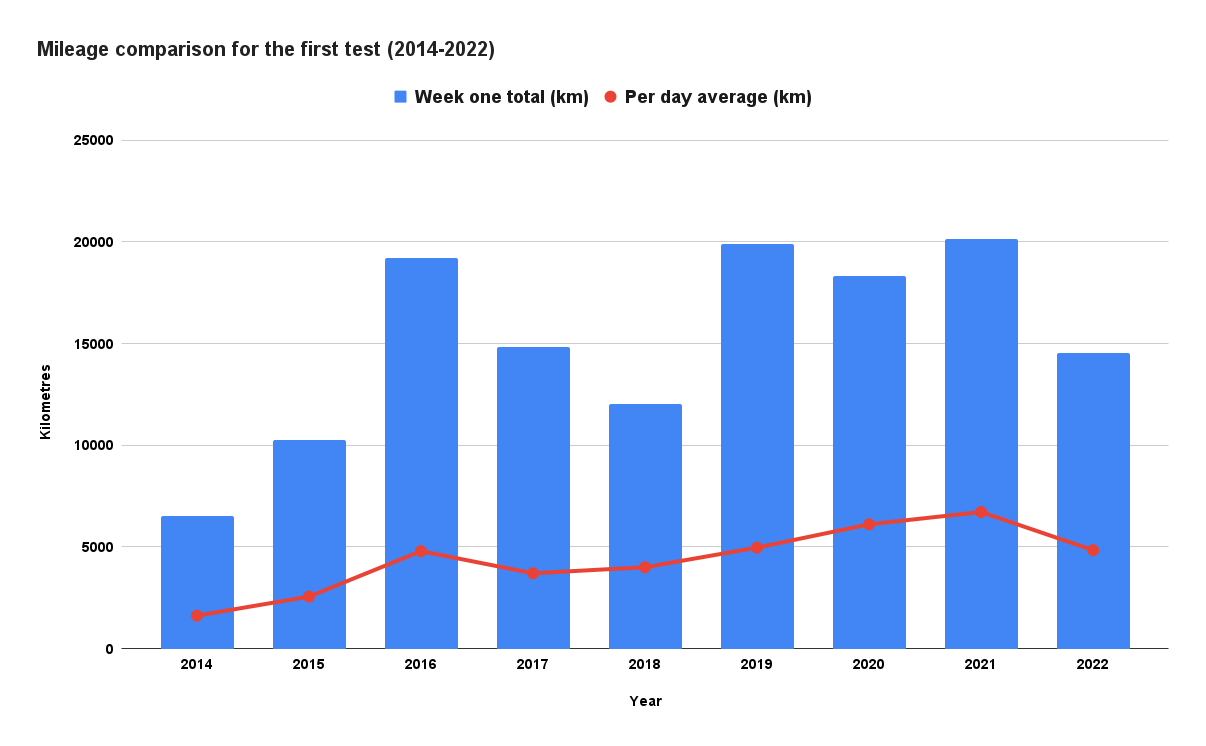
As the total mileage completed can be a bit misleading because the first tests took place over four days until 2019, the average daily count – denoted by the red line – is more important. In a year of massive technical overhaul, that value should be higher, not lower.
Sure, the values may have increased had teams known this was all they’d get, rather than saving work for Bahrain. But how much is impossible to say. And the point is that the teams have had more to get through than in recent seasons, had a greater chance of mechanical issues getting in the way of that (because more had changed), yet had the same opportunity as past seasons because it was still only a three-day test.
Going into a new season from here, without a second test, would be an odd risk for F1 to have taken. Especially as it should not go unnoticed that the two teams that had the hardest first test, Haas and Alfa Romeo, are two of the smallest operations. If F1 piled into the season next week, they would be at an even greater disadvantage.
Part of the appeal of elite competition is pitting the best against the best. At the start of a new season, competitors need an opportunity to get things in order. No sport begins from a complete standing start and preparations are tailored to their specific demands.
For example, football is a physically and tactically demanding sport. The Premier League doesn’t have a two-week pre-season with all clubs only playing a couple of friendlies just because it would be more chaotic and ‘entertaining’ to have players that are disorganised and fatigued.
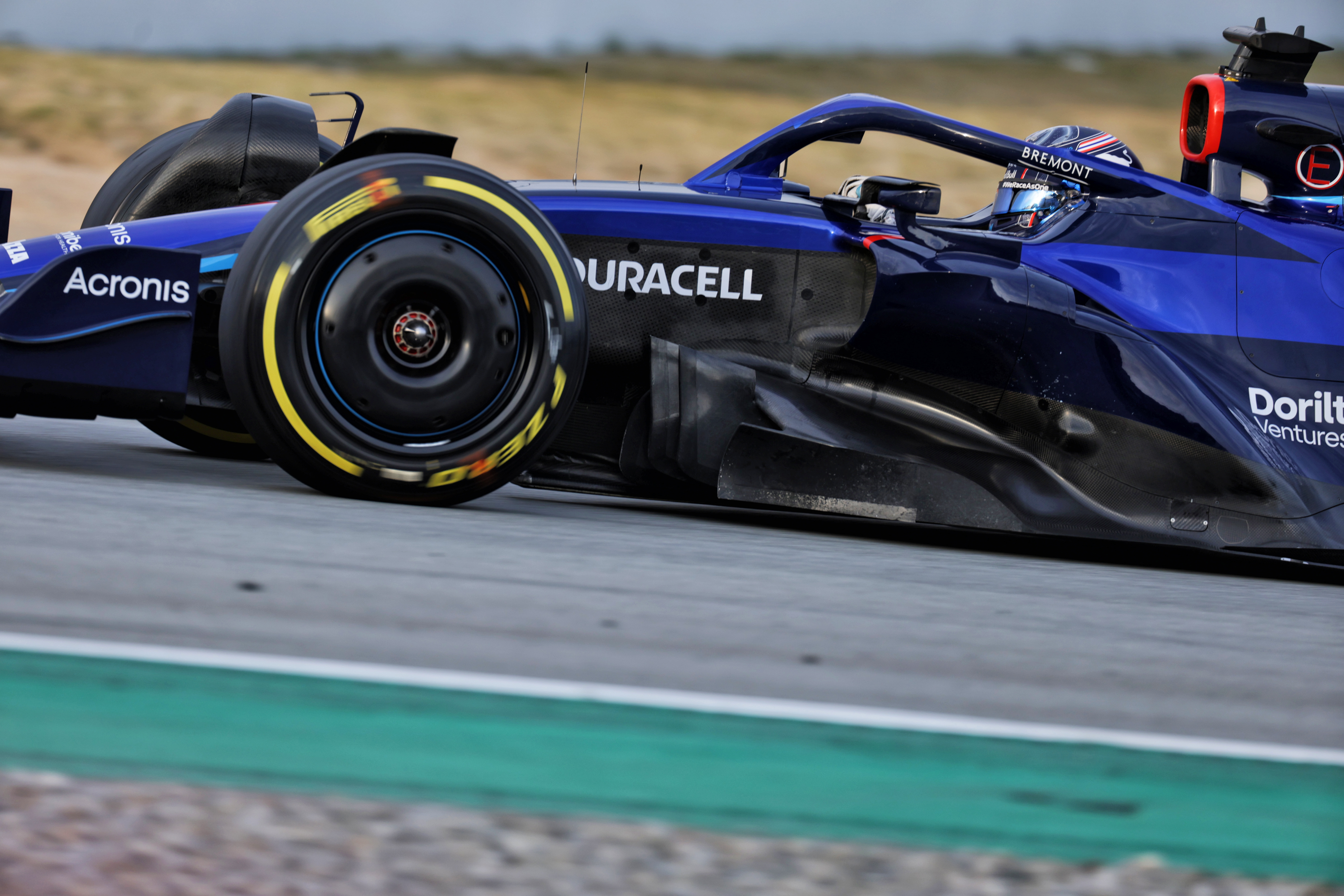
With so much to discover about these cars, there were bound to be problems to work through. Competitors in a championship as complicated as F1 need time to do that.
Williams driver Alex Albon summed it up really well: “Six days maybe to you seems a lot, but six days with a new car, new regulations, that’s tiny.
“There’s a lot of things that have changed from last year. It’s trying to get the mileage in, tick off all the boxes and see if there are any alarms that are coming up.
“But I have to say, to begin with, I was really impressed with how many laps everyone’s come out of the box [with]. It seems to be running fairly smoothly for most teams.”
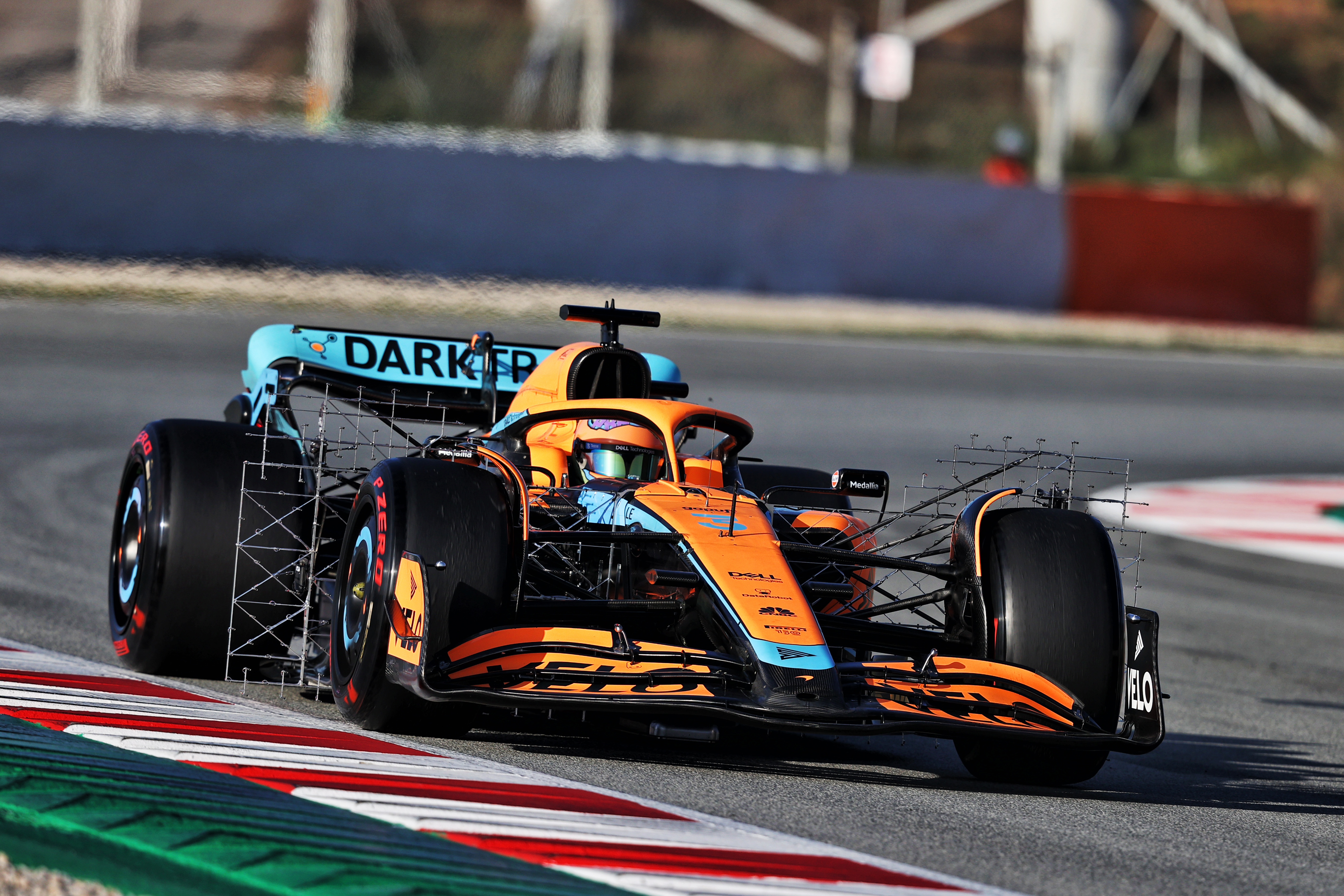
Reliability wasn’t even the main priority at the first test. It was about understanding. Everything except the steering wheels was new for 2022 and the aerodynamic concept had been radically redesigned.
The problems every team suffered with porpoising showed the sort of unknown that could crop up as a result. And now several teams are working on significant changes to try to rectify a problem that cannot be simulated, which means the second test will be key to trial those solutions.
With no in-season testing to help teams get to grips with the specific problems arising from the new regulations, it seems perfectly reasonable to have had two tests.
Especially as six days of running doesn’t mean every team will line up for the Bahrain Grand Prix in perfect shape. The stragglers get a second chance to avoid staring down the barrel of disaster but there will still be a pretty broad spectrum of performance and understanding.
The challenge going into the first few races is still big and teams will have used this time to different effect.
“I think the quality of engineering now and the design systems and the manufacturing systems I think we’ve come to expect it and it isn’t surprising,” says Alpine sporting director Alan Permane of the mileage covered at the first test.
“OK, we’ve got an extra three days this year. I suspect next year we’ll go back to only three days of testing. But you can’t afford to have anything that’s fragile.
“Those days are long gone, or they should be long gone, of F1 cars being quick but fragile and you’ve got to look after them.
“You can’t afford to do that. They’ve got to be bulletproof. And you’ve got to make the most of your track time.”
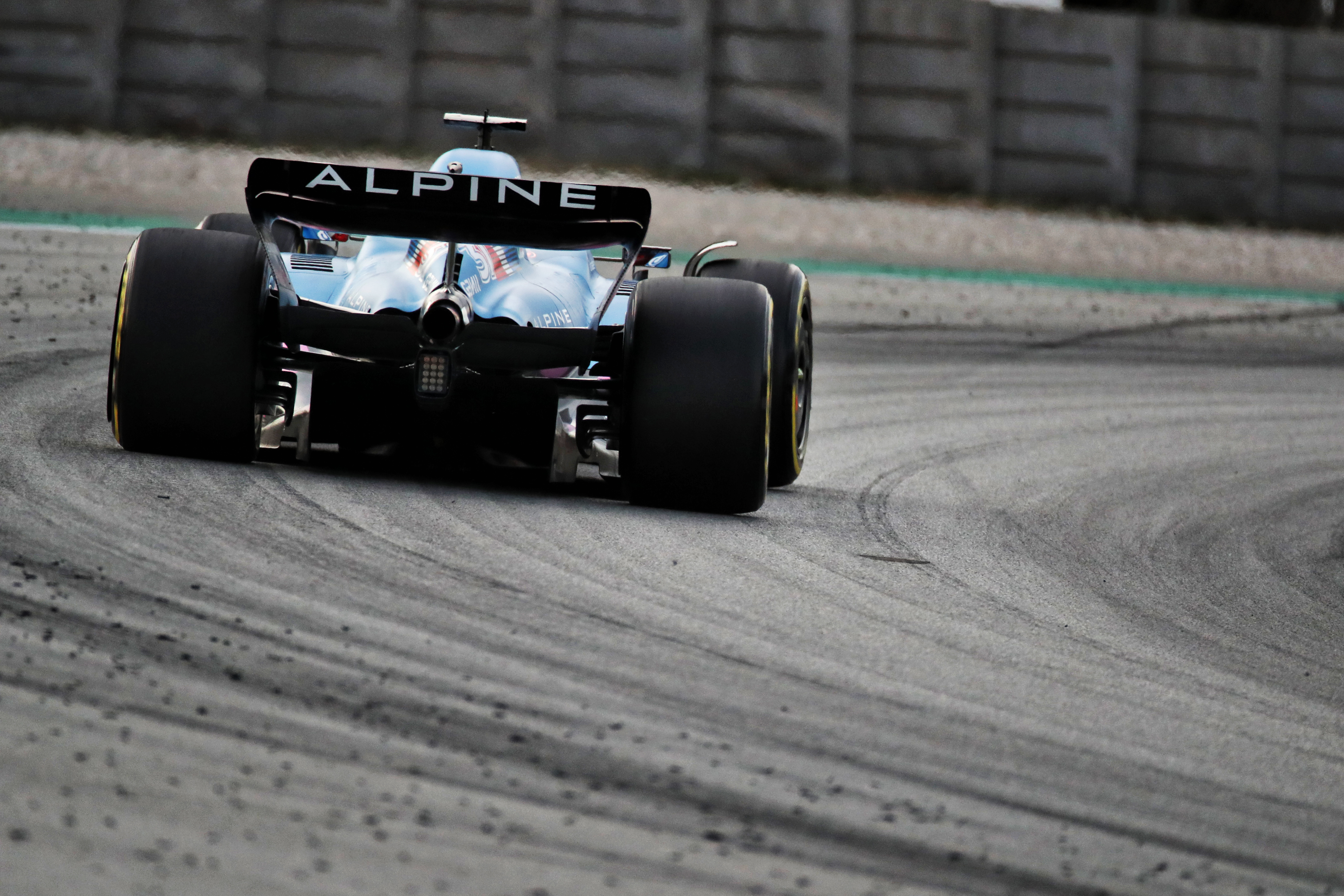
Perhaps the issue is that, for some reason, testing has been transformed into a much bigger and more accessible spectacle in the last few years.
It’s possible that making the first test a behind-closed-doors event again generated an assumption along the lines of ‘there will be hardly any running as teams got to grips with their new cars, so what was the point in televising it?’ – so when people saw the new cars were largely running absolutely fine, they questioned what was going on.
But that’s not the case at all. It was never going to be just a shakedown – or a ‘pre-season track session’, whatever nomenclature F1 wanted to weirdly award those three days at Barcelona – with each team only doing a few laps here and there.
It was absolutely a test. But it was a very boring one. Tests usually are, especially when teams barely scratch the surface of performance work.
And this was a particularly glorified act of correlation and validation because there was simply so much to get through thanks to the rule changes. Look at how the laptimes dropped by barely half a second from day one to day three, when that progression is usually one or two seconds.
Bahrain will be more like what the teams had last year – three days to get everything ready as best as possible and understand the true performance of the cars.
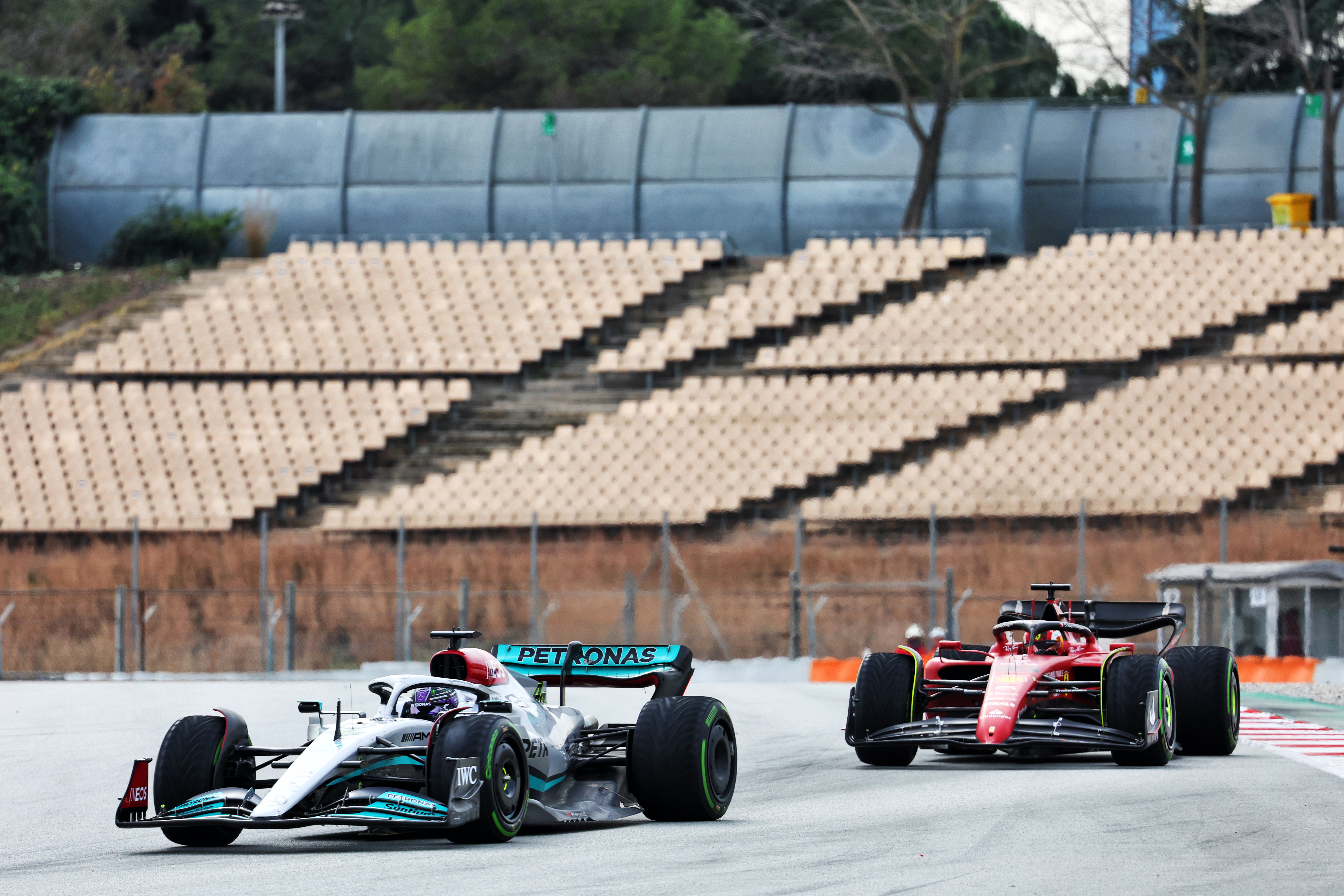
Based on the current draft of the sporting regulations, it’s also what we can expect F1 to return to next year. Which is fine because by then it’s reasonable to expect 10 professional organisations to competently handle an evolution of a known quantity.
Putting them under needless pressure with three days of running prior to the start of the 2022 season would have been a self-defeating gamble at the start of a major set of rule changes.






